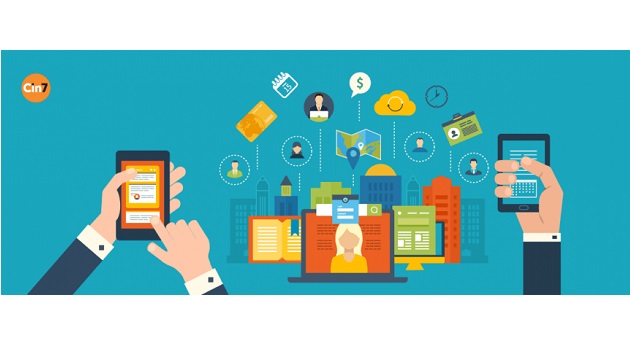Gartner, Inc. has identified the top 8 supply chain technology trends in 2019.
Gartner’s top strategic supply chain technology trends have broad industry impact, but have not yet been widely adopted. They might be experiencing significant changes or reaching critical tipping points in capability or maturity.
“These technologies are those that supply chain leaders simply cannot ignore,” said Christian Titze, research vice president at Gartner. “Within the next five years, if half of large global companies are using some of these technologies in their supply chain operations, it’s safe to say that the technologies will disrupt people, business objectives and IT systems.”
The top 8 supply chain technology trends in 2019 are:
Artificial Intelligence (AI)
AI technology in supply chain seeks to augment human performance. Through self-learning and natural language, AI capabilities can help automate various supply chain processes such as demand forecasting, production planning or predictive maintenance.
Advanced Analytics
Advanced analytics span predictive analytics — those that identify data patterns and anticipate future scenarios — as well as prescriptive analytics — a set of capabilities that finds a course of action to meet a predefined objective. The increased availability of Internet of Things (IoT) data and extended external data sources such as weather or traffic conditions allow organizations to anticipate future scenarios and make better recommendations in areas such as supply chain planning, sourcing and transportation.
IoT
The IoT is the network of physical objects that contain embedded technology to interact with their internal states or the external environment. “We are seeing more supply chain practitioners exploring the potential of IoT,” said Titze. “Areas that IoT might have a profound impact on are enhanced logistics management, improved customer service and improved supply availability.”
Robotic Process Automation (RPA)
RPA tools operate by mapping a process in the tool language for the software “robot” to follow. They cut costs and eliminate keying errors. “We are seeing a significant reduction in process lead times RPA technology is used to automate the creation of purchase and sales orders or shipments, for instance,” said Titze. “RPA technology reduces human intervention and improves consistency across manual data sources within manufacturing.”
Autonomous Things
Autonomous things use AI to automate functions previously performed by humans, such as autonomous vehicles and drones. They exploit AI to deliver advanced behaviors that interact more naturally with their surroundings and with people.
Digital Supply Chain Twin
A digital supply chain twin is a digital representation of the relationships between all physical entities of end-to-end supply chain processes — products, customers, markets, distribution centers/warehouses, plants, finance, attributes and weather. They are linked to their real-world counterparts and are used to understand the state of the thing or system in order to optimize operations and respond efficiently to changes.
Immersive Experience
Immersive experiences such as augmented reality (AR), virtual reality (VR) and conversational systems are changing the way people interact with the digital world. “In supply chain, organizations might use AR along with quick response (QR) codes and mobile technology to speed up equipment changeovers in factories,” said Titze. “Immersive user experiences will enable digital business opportunities that have not yet been fully realized within global supply chains.”
Blockchain in Supply Chain
Although supply-chain-related blockchain initiatives are nascent, blockchain has potential to fulfill long-standing challenges presented across complex global supply chains. Current capabilities offered by blockchain solutions for supply chain include traceability, automation, and security.
Gartner clients can learn more in “The 2019 Top Supply Chain Technology Trends You Can’t Ignore,” which provides an outlook into other emerging trends that might disrupt supply chain operations in the upcoming years, such as 5G and edge computing.
For more information, visit: www.gartner.com








